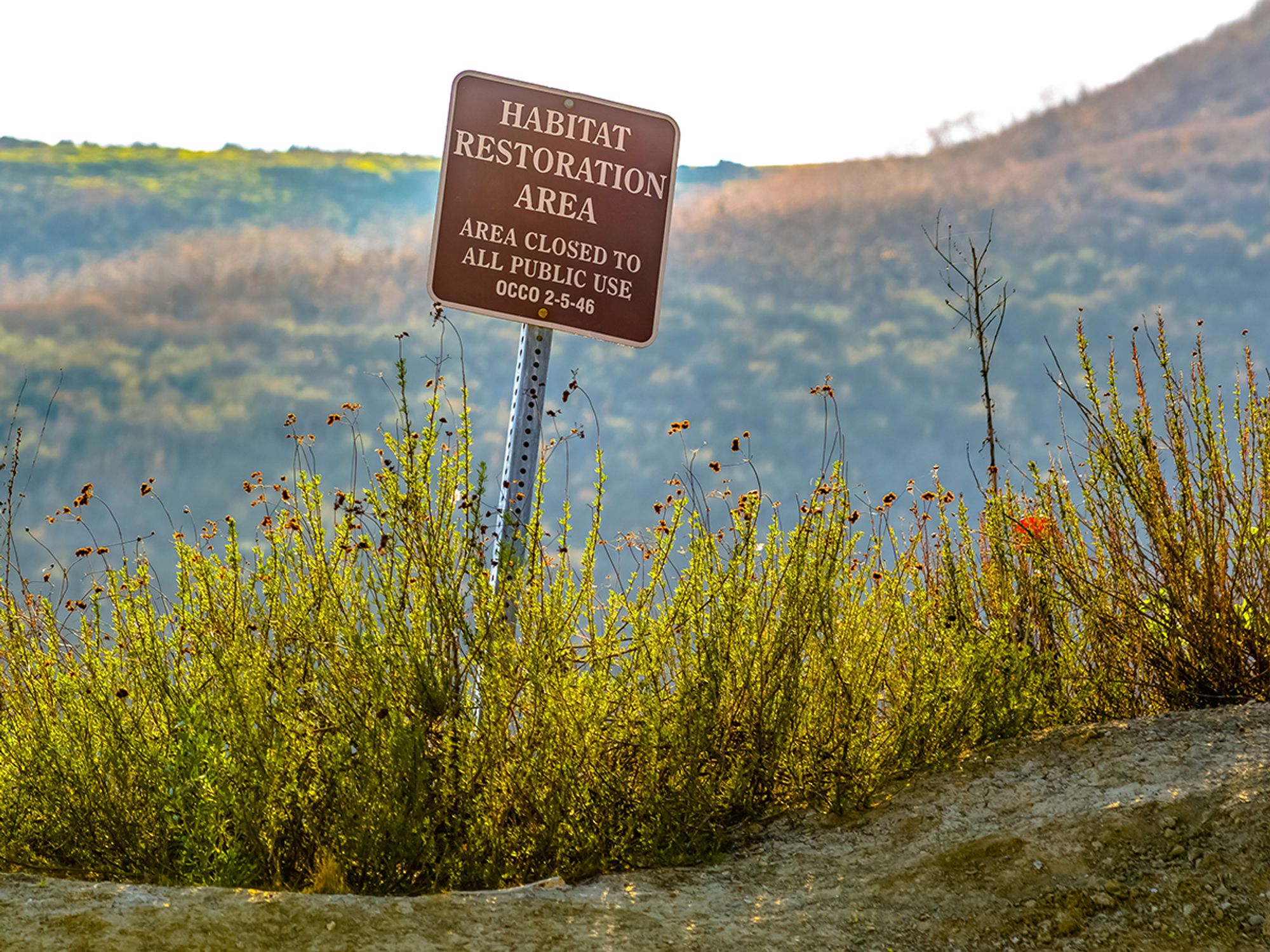Habitat conservation plan

- HCPs can apply to listed and nonlisted species.
- Through the HCP process, USFWS supplies No Surprises assurances to non-federal landowners.
Habitat conservation plans (HCPs) under the Endangered Species Act (ESA) allow partnerships with non-federal parties to preserve the ecosystems upon which listed species depend, in time, helping their recovery.
HCPs are planning forms needed as part of an application for an incidental take permit. They explain the following:
- The predicted outcomes of the suggested taking;
- How those effects will be lessened, or alleviated; and
- How the HCP will be financed.
HCPs can apply to listed and nonlisted species. This includes those that are candidates or that have been suggested for listing. Conserving species before they are at risk of extinction can supply benefits and prevent the need for listing altogether. When thoughtfully carried out, HCPs give resource managers and property owners the chance to implement legal actions while becoming partners in upkeeping wildlife habitats.
No Surprises assurances
Through the HCP process, the U.S. Fish and Wildlife Service (USFWS) supplies No Surprises assurances to non-federal landowners. Basically, state and private landowners are guaranteed that if unforeseen circumstances emerge USFWS will not demand the commitment of further land, water, or monetary compensation or further limits on the use of land, water, or other natural resources past the extent agreed to in the HCP without the consent of the permitholder. The government will uphold these assurances provided that the permitholders are applying the HCP terms and conditions, permits, and other associated records in good faith. The government and permit-holders promise to honor their conservation obligations.
